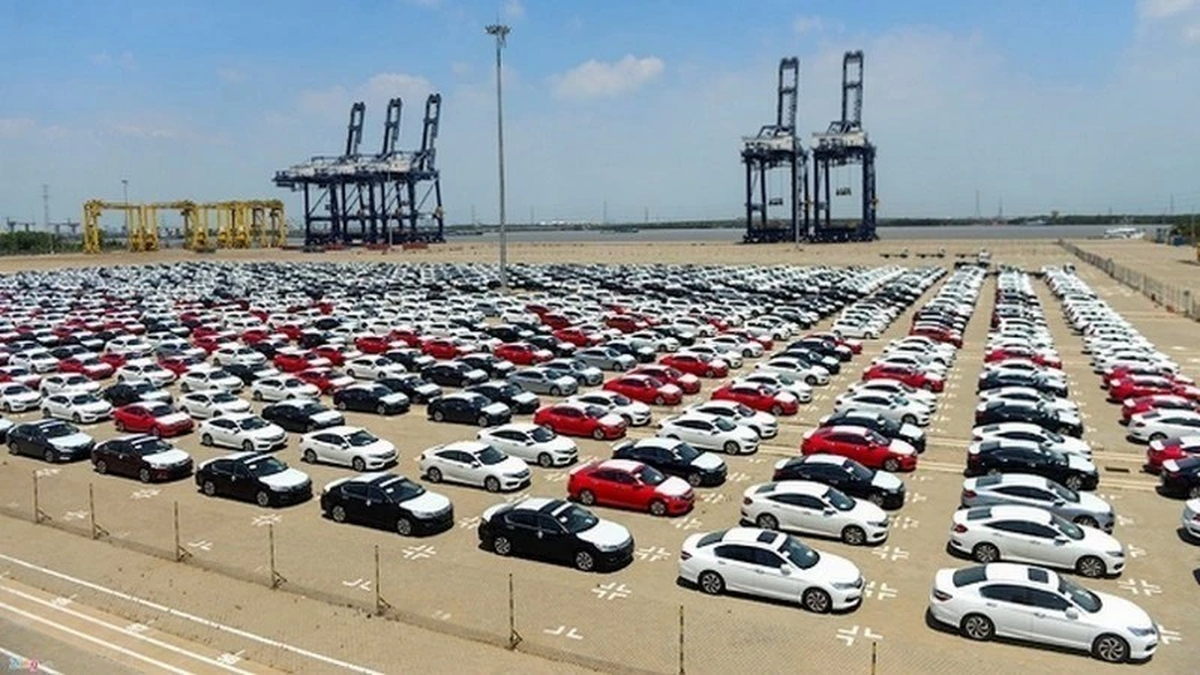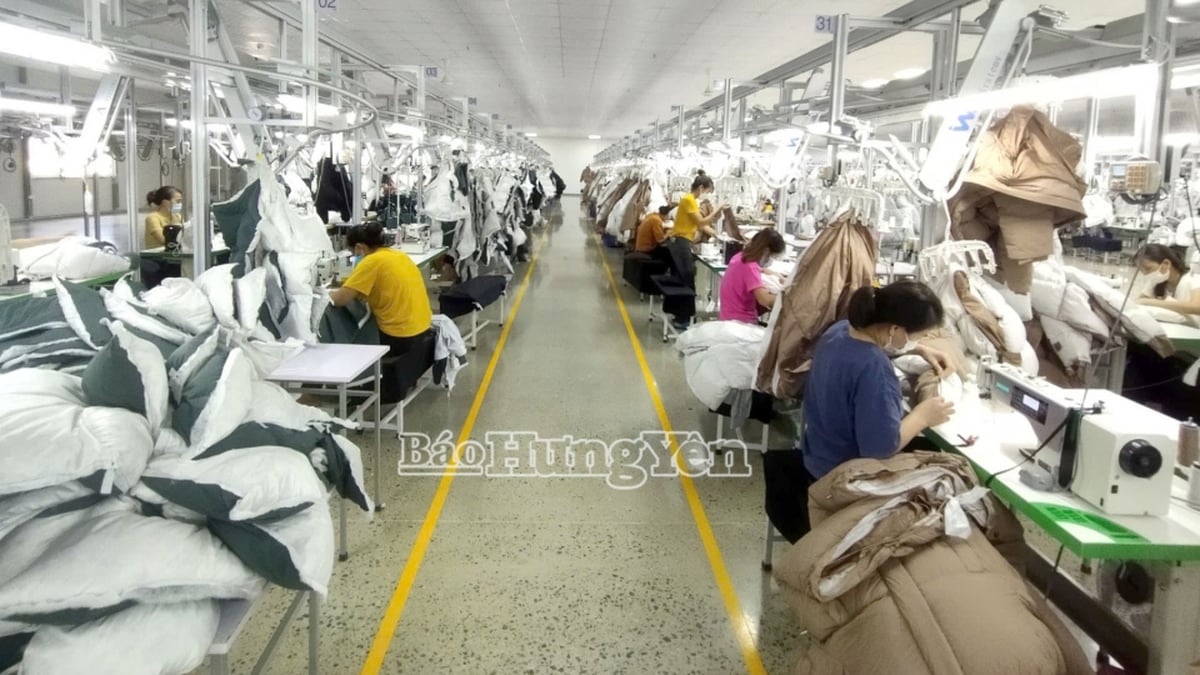
The conference attracted experts from securities companies, banks, and investment funds - Photo: BONG MAI
"To achieve the goal set by the National Assembly of turning Vietnam into a developed industrial country, overcoming the middle-income trap and entering the group of high-income countries, it is necessary to reshape the growth structure, especially the private sector," said Trinh Duy Viet, director of analysis at Kafi Securities, at the conference.
Untie the knots and psychological bonds for the private economy
According to Mr. Viet, the private economy has emerged as a key driving force, contributing about 51% of GDP, creating over 40 million jobs, equivalent to more than 80% of the country's total workforce.
Just counting listed enterprises on the stock exchange, the overall profits of the private group tend to increase faster than those of state-owned enterprises.
Due to many policy mechanisms, private enterprises once had a period of stagnation compared to their internal strength.
However, through four recently issued resolutions (57, 59, 66 and 68), the private economy is considered one of the "four pillars", along with the fields of science - technology - digital transformation, international integration, law making and enforcement.
Notably, large private enterprises are benefiting in the short term with the orientation of developing national-level enterprises. The State and Government are empowering and promoting enterprises to carry out key projects.
Typically, FPT Group develops digital infrastructure, national data centers... Or opens up opportunities to participate in projects under the PPP (public-private partnership model) in the fields of public investment, industry, urban development... helping Vingroup, Hoa Phat, Thaco... to participate in investment.
In the 2026-2023 period, "clearing bottlenecks and developing infrastructure is Vietnam's top priority," Mr. Duy Viet assessed. It is expected to implement major projects such as developing airports and seaports (20 billion USD), urban railways (60 billion USD), national railways (80 billion USD), removing 2,981 stuck projects (235 billion USD), investing in energy infrastructure (250 billion USD)....
Vietnam becomes a destination attracting foreign capital
The VN-Index officially reached 1,531 points this weekend, the highest since the Vietnamese stock market was established 25 years ago, up nearly 21% compared to the beginning of this year.
Given the positive developments, Mr. Le Duy - senior investment director of VOF fund under VinaCapital - commented that Vietnam's economy has many advantages and is optimistic. This year's GDP growth is forecast to reach 7.5 - 8%, leading to an expected increase of about 15% in listed companies' profits this year - in which private enterprises play a key role.
According to Mr. Nguyen Quoc Van, a senior expert of Kafi, Vietnam's macro economy has many supporting factors. Notably, the reciprocal tax rate is among the most competitive, attracting FDI capital flows. In addition, non-tariff factors such as geopolitical stability, consistent economic policies, etc. also create advantages in attracting long-term investment capital flows.
Mr. Nguyen Viet Nam - Director of VIB's Investor Relations Department - said that in the past two years, commercial banks have applied a mechanism of granting credit limits (room) based on personal scores instead of asking - giving as before, allocating based on financial capacity and risk, to the right place, faster and more effectively.
In the coming time, a new mechanism will be issued to help banks grow healthily and ensure social safety.
With determination from the Government as well as many parties, credit growth in the first half of this year is estimated to reach about 10%, an impressive increase compared to previous years, reflecting the recovery in many business sectors. This figure is forecasted to reach 17 - 20% by the end of the year.
With many favorable macro conditions, experts believe that investors may be interested in stocks of sectors that will benefit in the coming period, including real estate, construction materials, banking, securities, retail, etc.
However, VinaCapital expert Le Duy also noted: "Even if the VN-Index increases to 1,700 points, there will still be investors who will suffer losses." Therefore, when investing, you do not need to focus too much on forecasting the VN-Index, but also need to choose the industry and find suitable stocks, which can be based on the reasonableness of valuation as well as good growth potential, looking for outstanding opportunities.
Can VN-Index reach 1,600 points?
According to VinaCapital, Vietnamese stock valuations are still reasonable. The P/E (stock price to earnings) ratio for 2025 is forecast at around 13 times, significantly lower than the 19-23 times during the COVID-19 pandemic, and much lower than many markets in the Southeast Asian region.
In addition, FTSE is actively evaluating the possibility of upgrading Vietnam's market from frontier to emerging. The new information technology system put into operation also creates opportunities to develop more products on the stock market.
Industries that may benefit in the coming period include: real estate, construction materials, banking, securities, retail...
Regarding the forecast scenario of VN-Index, Kafi's experts believe that by the end of 2025, it will fall into the plus-minus zone of 1,550 points. Meanwhile, VIB's experts predict that VN-Index may fall into a bad situation, falling below the 1,400-point zone (the US Federal Reserve (FED) does not lower interest rates, Vietnamese stocks are not upgraded), it may fall to the 1,400-point zone, but if favorable, it can reach 1,600 points.
Source: https://tuoitre.vn/ke-ca-vn-index-tang-len-1-700-diem-van-co-nha-dau-tu-bi-thua-lo-20250726160854666.htm


































































































Comment (0)